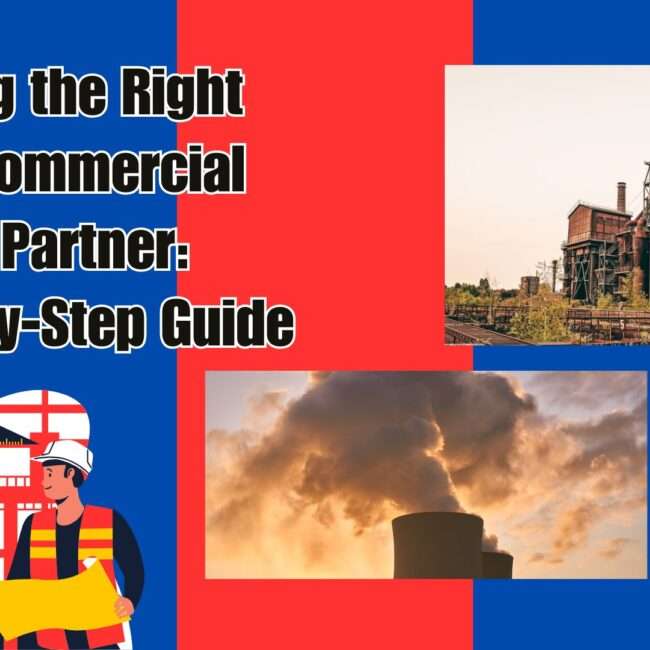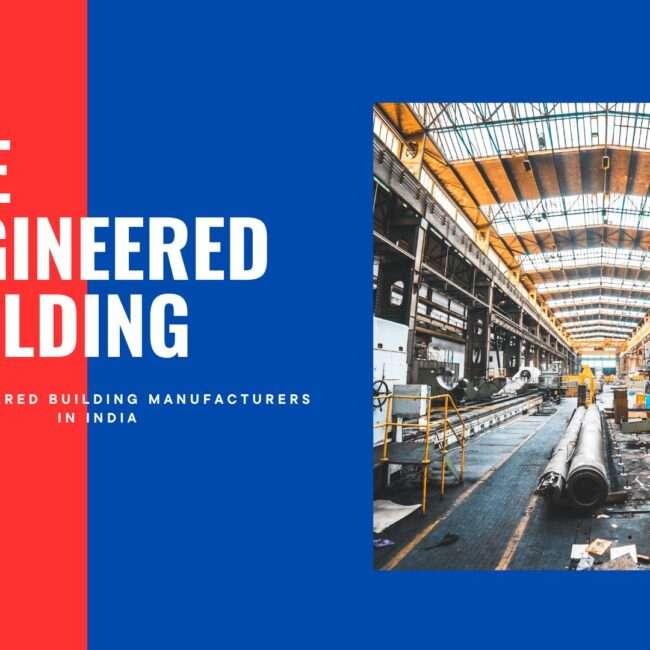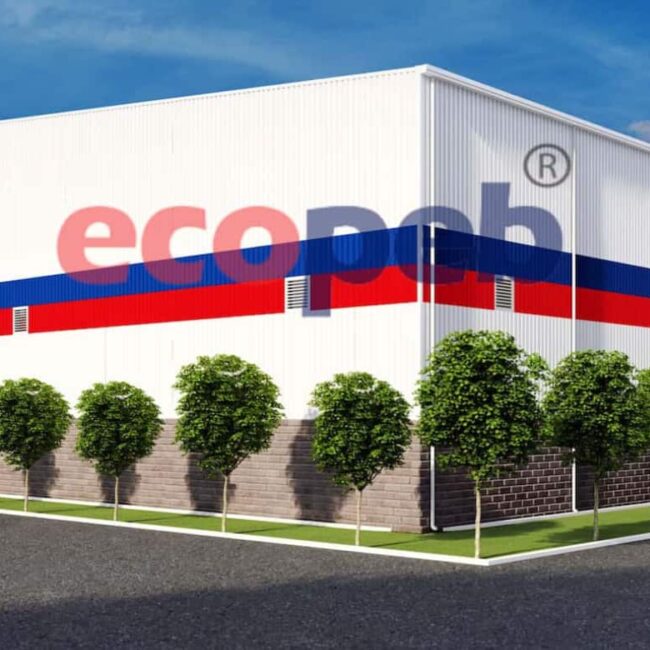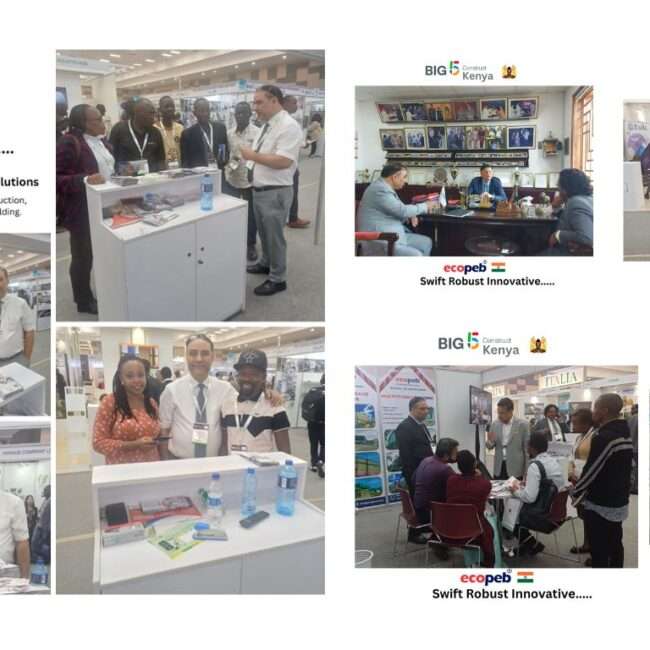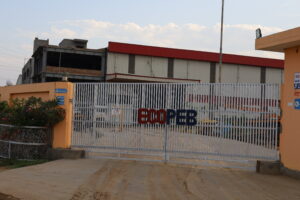When the summer sun beats down relentlessly, buildings in hot climates need more than just walls and roofs—they need innovation. Enter Pre-Engineered Buildings (PEBs): fast, flexible, and energy-efficient structures tailor-made for harsh, high-temperature environments.
Let’s explore why PEBs are not just a construction trend, but a smart summer solution that saves energy, money, and the environment.

What Are PEBs and Why Do They Matter in Hot Climates?
Pre Engineered Buildings are steel structures built using prefabricated components. These parts are manufactured off-site and assembled quickly at the construction site—making them ideal for time-sensitive or weather-challenged regions.
But what really sets PEBs apart in hot climates is how well they handle heat. From insulation to ventilation, every element can be optimized for energy performance.
Key Energy-Efficient Features of PEBs
1. Reflective Roofs and Wall Panels
PEBs often use light-colored or reflective materials that bounce solar radiation away. This drastically reduces indoor heat buildup, easing the load on air conditioning systems.
2. Thermal Insulation
Sandwich panels filled with polyurethane foam are commonly used in PEBs. These provide excellent thermal resistance, maintaining comfortable indoor temperatures without overusing energy.
3. Natural Ventilation Systems
Smart ventilation designs such as ridge vents, louvered windows, and cross-ventilation help PEBs circulate air naturally. This keeps the building cooler with minimal reliance on artificial cooling.
4. Solar Panel Integration
With their expansive roofs, PEBs are solar-ready. Many companies install solar panels to power operations, turning their buildings into semi- or fully energy-independent units.
Benefits of PEBs in Hot Climate Regions
Energy Savings
Compared to traditional buildings, PEBs consume significantly less energy for cooling. Efficient insulation and ventilation mean you can cut air conditioning costs by up to 50%.
Faster and Safer Construction
In hot environments, quick builds are essential to protect workers and minimize delays. PEBs reduce on-site labor, making them ideal for extreme temperatures.
Durability Against Harsh Weather
Made of galvanized steel and rust-resistant coatings, PEBs are built to last—even in dry, dusty, or humid regions.
Real-World Applications of PEBs in Hot Climates
Middle Eastern Warehouses
In countries like UAE and Saudi Arabia, PEBs are a staple for warehouses due to their heat resistance and energy efficiency.
Schools and Hospitals in Africa
Government and NGO-funded projects use PEBs for critical infrastructure. They provide fast deployment, thermal comfort, and long-term cost savings.
How PEBs Compare to Traditional Buildings
| Feature | Traditional Construction | Pre-Engineered Buildings |
| Build Time | 6–12 months | 2–4 months |
| Energy Efficiency | Low | High |
| Heat Resistance | Poor | Excellent |
| Cost Over Time | Higher | Lower |
Design Tips for Hot Climate PEBs
- Orientation: Face longer sides north-south to reduce sun exposure.
- Shading: Use overhangs or pergolas to block direct sunlight.
- Colors: Opt for white or light colors to reflect heat.
- Materials: Choose high-R-value insulation panels for better performance.
FAQs
1. Are PEBs expensive to build?
Not necessarily. While the upfront cost can be similar, you’ll save on energy and maintenance in the long run.
2. Do PEBs last as long as concrete buildings?
Yes. With proper maintenance, PEBs can last 50+ years.
3. Can PEBs be customized for residential use?
Absolutely. Modern PEBs are highly customizable for homes, offices, and more.
4. What certifications do energy-efficient PEBs qualify for?
They can meet standards like LEED or local green building codes.
5. Is there government support for building energy-efficient structures?
Many regions offer tax breaks or incentives for energy-conscious construction. Check local policies.
A Cooler, Smarter Choice
In a warming world, the need for energy-efficient buildings in hot climates is more urgent than ever. PEB buildings provide a practical, fast, and sustainable solution that works beautifully with nature, not against it.
From industrial warehouses to schools and homes, PEBs are reshaping the way we build in hot environments. If you’re planning a construction project this summer, choosing a PEB might be the smartest move you’ll make.


